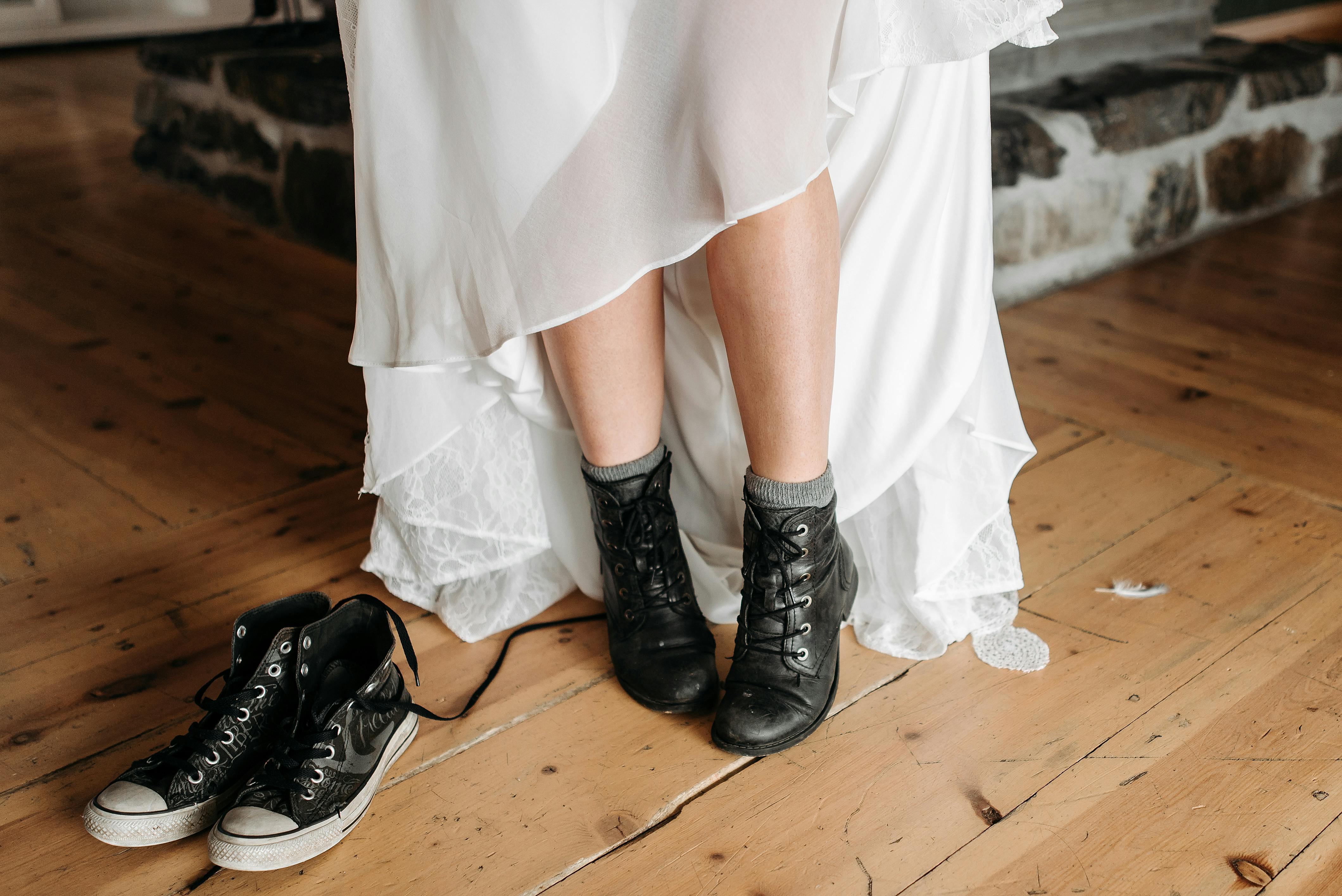In recent years, light treatments have proven to be a good medical alternative for a variety of ailments ranging from sleep disorders, pain, acne attacks, SAD (seasonal affective disorder) and mild depression. A very good point of the alternative is the effectiveness compared to other forms of treatments in terms of ease of use, costs, time and effort.
The other factors considered are the fact that light therapy is non-invasive and drug-free at most. For SAD and mild depression, there is no longer a need to buy antidepressant medications that are sometimes contraindicated in patients with unknown illnesses and can cause complications. There is no longer a need for actions such as injections and the like to medicate these afflictions like the old ways of treating acne for example.
Advantages of light therapy
The light used for therapy is five to twenty times brighter than normal lights and averages around 10,000 (lux). This can be advantageous if you want faster results from your treatments. It is natural for patients to show improvement when exposed to natural light. However, in severe cases, a device to produce higher brightness light levels is needed to be effective.
Lately, LED technology is now used for bright light treatments for the comfort of patients. Again, patients are found to show improvements when exposed to natural light sources such as the sun. However, studies have shown that these procedures (performed according to dermatologists’ specifications) produce better results than natural healing. One consideration is how intense the ministry of treatment itself is.
Some precautions about light therapy
As with any other treatment, it is always best to consult your doctor or a competent healthcare professional before embarking on self-medication with lights. For example, not all types of acne can be effectively treated with this medical procedure. If your dermatologist recommends this form of therapy, by all means follow his advice to the letter.
Skin sensitivity should also be tested before any treatment is done. It is advisable to remove makeup and other skin products before a light therapy medication. Light boxes can also vary in effectiveness. While it may be good for some people, others get little or no effect. Your dermatologist or doctor can help you assess the situation rather than embark on your own decisions. There are theories about the appropriate light spectrum to use, the duration of the treatment, or the intensity (or not) of the treatments during the sessions.
You should see your doctor after about a month of light therapy to check the effectiveness. If there are significant improvements, you can proceed to purchase the home light therapy device or devices you need. Increasing the duration, frequency of treatments, or intensity of treatment sessions should be discussed with your doctor or a healthcare professional after evaluating your current progress or lack thereof.
Treatments should be done with caution for people who have other active skin disorders in the treated areas. The same goes for people who are more sensitive to bright lights. Necessary precautions are always the best policy.


